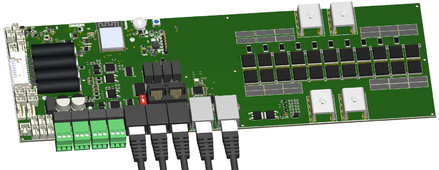SoggyShoes
Solar Enthusiast
You mentioned programmable wet relays for things like heating pads. Will these be just relays or full ports to run heating pads?
The JK BMS has ports for heating pads. The issue is that they only switch on when low temp cut off is activated.
This is great when just storing batteries but not as useful if you want to be using them in freezing temps.
What would be nice is to be able to program them so they came on at say 38°F and kept the batteries warm enough that the low temperature cut off is never triggered.
The JK BMS has ports for heating pads. The issue is that they only switch on when low temp cut off is activated.
This is great when just storing batteries but not as useful if you want to be using them in freezing temps.
What would be nice is to be able to program them so they came on at say 38°F and kept the batteries warm enough that the low temperature cut off is never triggered.



